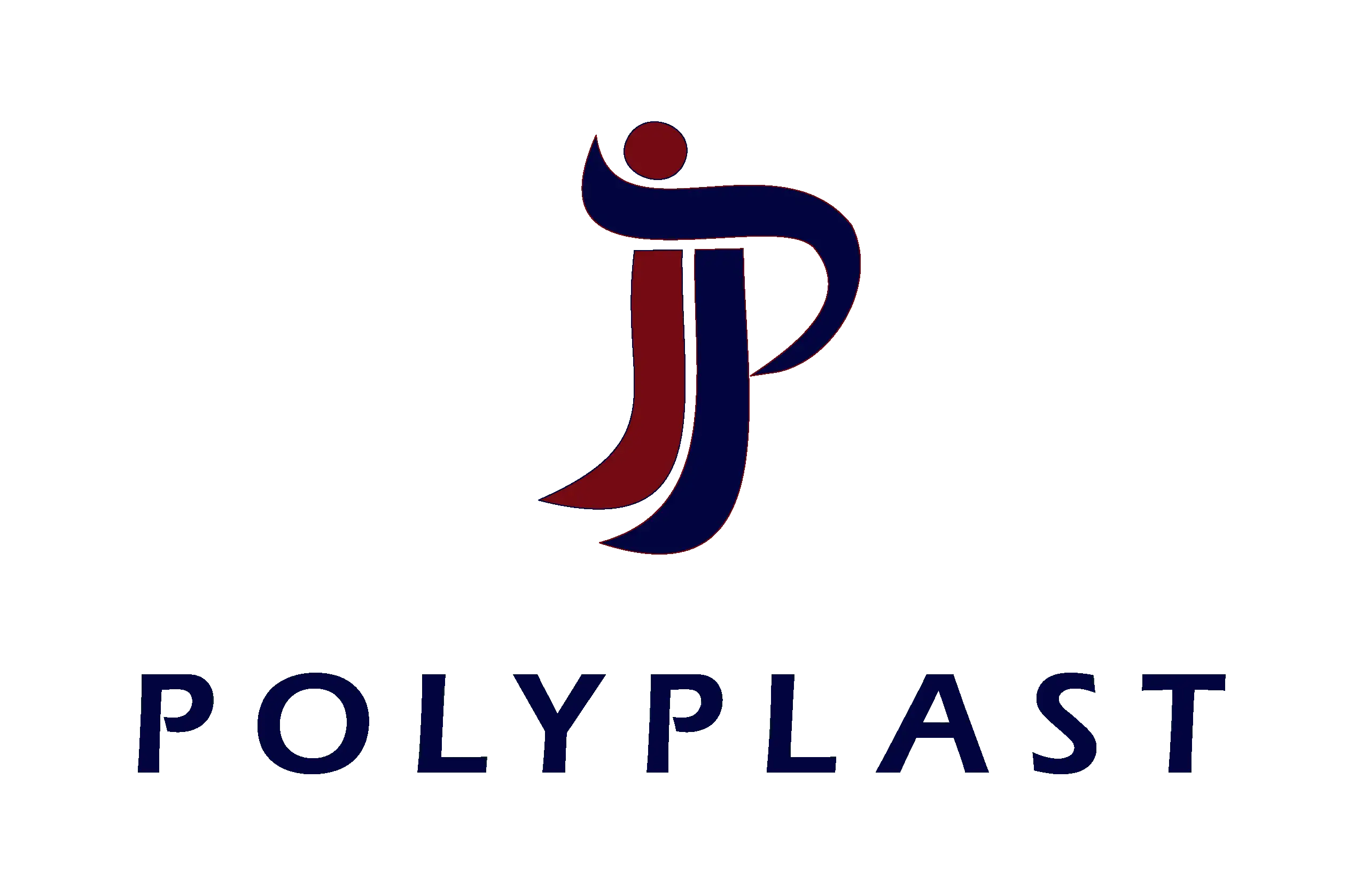The self-discipline of property and risikomanagement aims to evaluate all potential risks that could impact a project’s results. It includes all aspects of a great enterprise’s internal control environment, which include business dangers and third-party risk. An intensive evaluation of the area may help companies steer clear of costly mistakes and satisfy compliance, legal, reputational and financial desired goals.
Some risks can’t be avoided, so is important to have an efficient way of mitigating those hazards. A well-researched process just for evaluating risks is vital to keeping projects to normal and preventing unnecessary cutbacks.
Identifying dangers can be completed through several strategies, such as SWOT analysis or perhaps root cause examination. It’s important too to have a program for determining how most likely an adverse celebration is to arise (frequency) and how terrible it could be whether it does happen (severity). This helps prioritize a project’s risk minimization efforts.
When a list of potential risks is made, you’ll need to decide how to respond. Avoidance is the best option, yet it’s not constantly possible because of financial or operational limitations. Transferring a risk is an alternative solution that can work effectively in some conditions. This might require taking out an insurance plan or outsourced workers parts of task management. The new hosting company will believe the risk, look at this site so the classic project won’t be immediately affected if the risk does materialize.
Distributing risks includes dividing the assets into different categories based on how much risk they will pose. Low-risk assets, like ALL OF US Treasury securities, are backed with the federal government and for that reason carry little or no risk. As opposed, growth companies are a high-risk investment, his or her prices rise or fall with market conditions.
